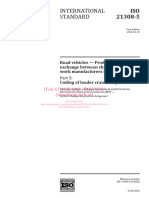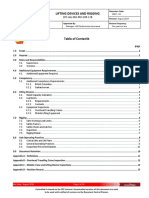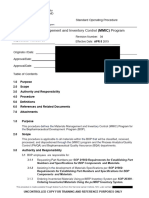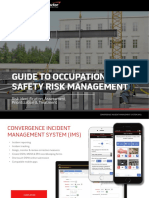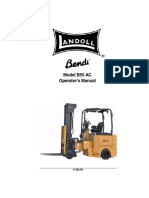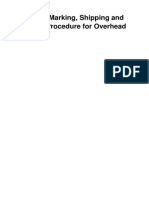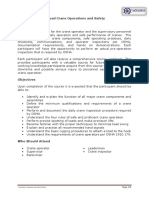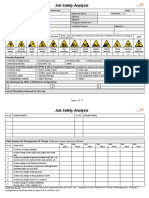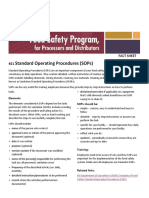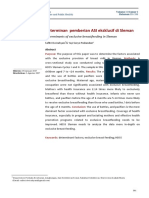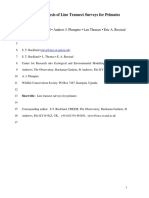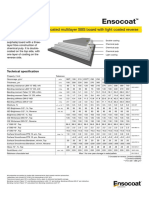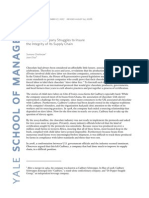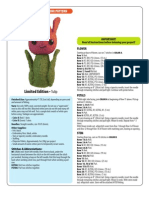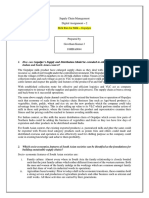0% found this document useful (0 votes)
167 views2 pagesStandard Operating Procedures (Sops) : Fact Sheet #21
Standard operating procedures (SOPs) provide written instructions for routine operations like chemical storage, utensil handling, and sanitation to ensure consistency. SOPs benefit training by detailing step-by-step tasks. Elements include approvals, dates, purposes, and procedures. SOPs should be simple, detailed, facility-specific, accurate, and updated regularly. Employees must understand the importance of following SOPs for effective food safety implementation and management.
Uploaded by
Ria UtamiCopyright
© © All Rights Reserved
We take content rights seriously. If you suspect this is your content, claim it here.
Available Formats
Download as PDF, TXT or read online on Scribd
0% found this document useful (0 votes)
167 views2 pagesStandard Operating Procedures (Sops) : Fact Sheet #21
Standard operating procedures (SOPs) provide written instructions for routine operations like chemical storage, utensil handling, and sanitation to ensure consistency. SOPs benefit training by detailing step-by-step tasks. Elements include approvals, dates, purposes, and procedures. SOPs should be simple, detailed, facility-specific, accurate, and updated regularly. Employees must understand the importance of following SOPs for effective food safety implementation and management.
Uploaded by
Ria UtamiCopyright
© © All Rights Reserved
We take content rights seriously. If you suspect this is your content, claim it here.
Available Formats
Download as PDF, TXT or read online on Scribd
/ 2

